

Articles
How To Store Homemade Tortilla Chips
Modified: December 7, 2023
Learn the best ways to store your homemade tortilla chips in this informative article. Keep them crispy and fresh for longer with our helpful tips and tricks.
(Many of the links in this article redirect to a specific reviewed product. Your purchase of these products through affiliate links helps to generate commission for Storables.com, at no extra cost. Learn more)
Introduction
Homemade tortilla chips are a delicious and popular snack that can be made with just a few simple ingredients. Whether you’ve made a big batch or have some leftovers from a party, knowing how to store homemade tortilla chips properly is key to keeping them fresh and crispy for as long as possible. In this article, we’ll guide you through the steps to make sure your homemade tortilla chips stay tasty and enjoyable for days to come.
When it comes to storing homemade tortilla chips, there are a few factors to consider. The main goal is to maintain their texture and prevent them from becoming stale or soggy. By using the right storage container and following a few simple steps, you can extend the shelf life of your homemade tortilla chips and enjoy them at their best.
In the following sections, we’ll cover everything from preparing the tortilla chips to the proper way of storing and reheating them. So, let’s get started and learn how to store homemade tortilla chips the right way!
Key Takeaways:
- Keep homemade tortilla chips fresh by layering them in an airtight container with a moisture barrier. Store in a cool, dry place and reheat in the oven to maintain their delicious crunch.
- Properly storing and reheating homemade tortilla chips ensures extended freshness and crispy texture. Layer chips in an airtight container, add a moisture barrier, and reheat to enjoy them at their best.
Read more: How To Store Tortilla Chips
Step 1: Preparing the Tortilla Chips
Before diving into the storing process, it’s essential to make sure your homemade tortilla chips are prepared correctly. Whether you’ve fried or baked them, ensuring they are crispy and well-seasoned will contribute to their overall longevity.
If you’ve made fresh tortilla chips, the first step is to let them cool completely. This will help prevent condensation from forming inside the storage container, which can lead to sogginess. Alongside cooling, make sure the chips are thoroughly dry to maintain their crispness.
If you’ve seasoned your chips with spices or herbs, be mindful of their moisture content. Excessive moisture can compromise the crispness and shelf life of the chips. To minimize moisture, it’s advisable to use dried seasonings or let the chips air-dry for a few minutes after seasoning them.
Once your tortilla chips are cool and dry, you’re ready to move on to the next step: choosing a suitable storage container.
Note that if you have leftover store-bought tortilla chips, you can skip the preparation step and start with the storing process directly. However, if the chips have become stale, you can re-crisp them by briefly heating them in the oven before proceeding with the storing process.
Step 2: Choosing a Storage Container
When it comes to storing homemade tortilla chips, selecting the right container is crucial in preserving their freshness and crispy texture. The ideal storage container should be airtight, moisture-resistant, and large enough to hold your desired quantity of chips without overcrowding them.
One of the most popular choices for storing tortilla chips is a resealable plastic bag. Look for bags specifically designed for food storage, as they are often made with materials that keep moisture at bay. Additionally, opt for a bag that can be tightly sealed to maintain the chips’ freshness.
If you prefer a more environmentally friendly option, consider using a glass or plastic container with a tight-fitting lid. Mason jars or food storage containers work well for this purpose. Make sure the container is clean and dry before using it to store your tortilla chips.
Another important factor to consider when choosing a storage container is its size. Ensure the container is large enough to allow for some empty space around the chips. Overcrowding the chips can lead to breakage and loss of crispness. Aim to have enough space for the chips to move freely within the container without getting crushed.
Remember, the key is to minimize air exposure and moisture. By selecting a suitable storage container, you’re setting yourself up for success in preserving the quality of your homemade tortilla chips.
Step 3: Layering the Chips
Once you’ve chosen the right storage container, it’s time to start layering your homemade tortilla chips. Properly layering the chips not only helps prevent them from breaking but also maintains their overall crispness.
Begin by placing a single layer of tortilla chips at the bottom of the container. Make sure to arrange them in a flat and even manner, avoiding any overlapping or stacking. This initial layer will act as a foundation for the rest of the chips.
Continue layering the chips on top of each other, ensuring that every layer is flat and evenly spread. Avoid creating thick piles of chips, as this can cause them to become crushed and lose their crispness. Instead, aim for thinner layers to allow for even air circulation.
If you’re storing a large quantity of chips, it’s a good idea to separate each layer with a sheet of parchment paper or wax paper. This will help prevent the chips from sticking together and provide an additional level of protection.
Additionally, consider alternating the direction of the chips in each layer. For example, if you laid the chips horizontally in the first layer, place them vertically in the second layer. This crisscross pattern can help prevent any potential pressure points and ensure even distribution of air.
Continue layering the chips until you’ve used up the desired quantity or filled the container. Finally, move on to the next step which involves adding a moisture barrier to keep your tortilla chips fresh and crisp.
Step 4: Adding a Moisture Barrier
To further protect your homemade tortilla chips from moisture, it’s recommended to add a moisture barrier between the chips and the storage container. This step is particularly important if you live in a humid climate or if your chips tend to absorb moisture easily.
A common and effective moisture barrier for tortilla chips is using a piece of paper towel or a clean cloth. Place the paper towel or cloth on top of the last layer of chips before sealing the container. This barrier will help absorb any excess moisture or condensation, keeping the chips crispy for a longer period.
Make sure to choose a paper towel or cloth that doesn’t have any added fragrances or chemicals that might transfer onto the chips. The material should be clean and dry before placing it on top of the chips.
If you prefer, you can also use a desiccant packet as a moisture absorber. Desiccant packets are small pouches filled with moisture-absorbing substances like silica gel. They are commonly found in packaging for electronics, shoes, or dried goods. Place a desiccant packet in the storage container with the tortilla chips to help reduce moisture and maintain crispness.
Adding a moisture barrier is an extra precautionary step to ensure the freshness of your homemade tortilla chips. It will help preserve their texture and prevent them from becoming soggy or stale over time.
Store homemade tortilla chips in an airtight container at room temperature. Adding a paper towel to absorb any excess moisture will help keep them crispy for longer.
Read more: How To Store Fresh Tortilla Chips
Step 5: Sealing the Container
After layering the tortilla chips and adding a moisture barrier, the next step is to seal the storage container tightly. Sealing the container properly is essential to keep air and moisture out, ensuring the longevity and freshness of your homemade tortilla chips.
If you’re using a resealable plastic bag, press out as much air as possible before sealing it shut. Start from one end of the bag and gently squeeze out the air while moving towards the other end. Once the bag is nearly air-free, seal it tightly using the built-in closure or a twist tie. Double-check the seal to ensure it is secure and airtight.
If you’re using a glass or plastic container with a lid, make sure the lid fits snugly and securely. Press down on the lid to create a tight seal, ensuring there are no gaps or openings. If the container has a latch or a lock mechanism, engage it to provide an extra layer of protection.
When sealing the container, be careful not to crush or break the tortilla chips in the process. Gently apply pressure to create a seal without damaging the chips or causing them to shift out of place.
It’s important to note that once the container is sealed, avoid repeatedly opening and closing it. Each time you open the container, you allow air and humidity to enter, which can compromise the quality of the tortilla chips. Instead, aim to remove the desired portion of chips from the container in one go to minimize exposure.
Now that your homemade tortilla chips are properly sealed, they’re ready to be stored in a cool, dry place. In the next step, we’ll discuss the optimal storage conditions for your chips to maintain their freshness.
Step 6: Storing the Homemade Tortilla Chips
Proper storage conditions are essential to maintaining the freshness and crispness of your homemade tortilla chips. Follow these guidelines to ensure your chips stay delicious and enjoyable for as long as possible.
Store the container of tortilla chips in a cool, dry place away from direct sunlight and heat sources. Heat and sunlight can accelerate the process of moisture absorption, leading to soggy chips. A pantry or cupboard is an ideal storage location.
Avoid storing your homemade tortilla chips in the refrigerator. The cool temperature and high humidity in the fridge can make the chips lose their crispness and become stale quickly. They may also absorb odors from other foods in the refrigerator.
Keep the storage container in an upright position to prevent the chips from getting crushed or broken. If you have a large amount of chips, it’s best to store them in multiple smaller containers rather than cramming them into a single container.
Regularly check the storage container for any signs of moisture or condensation. If you notice any, remove the chips, discard the moisture barrier, and replace it with a fresh one before returning the chips to the container. This extra step will help ensure the chips remain dry and crispy.
While the exact shelf life of homemade tortilla chips may vary based on factors such as the recipe and storage conditions, they can typically stay fresh for up to 1-2 weeks when stored properly.
Remember, once opened, the clock starts ticking. The more exposure to air and moisture, the quicker the chips will lose their crispness. It’s best to consume the tortilla chips within a few days of opening the container for the best taste and texture.
Now that you know how to store your homemade tortilla chips, you can enjoy them at their best for an extended period. In the next step, we’ll explore a tip on how to properly reheat stale chips to bring back their crunch.
Step 7: Properly Reheating Stale Chips
If your homemade tortilla chips have become stale or lost their crispness, don’t worry! There’s a simple method to breathe new life into them and restore their crunch.
Begin by preheating your oven to 350°F (175°C). While the oven is heating up, spread out the stale chips in a single layer on a baking sheet. Make sure the chips are evenly spaced and not overlapping.
Once the oven is heated, place the baking sheet with the chips on the middle rack. Allow the chips to heat in the oven for about 5-7 minutes, or until they become warm and crispy again. Keep a close eye on them to avoid burning.
It’s important to note that reheating the chips is not a foolproof method, and it works best for lightly stale or slightly softened chips. If your chips have become too soggy or have been stale for an extended period, reheating might not fully restore their original texture and flavor.
Once the chips have regained their crispness, remove them from the oven and let them cool for a few minutes before enjoying. Be cautious as the chips might be hot right out of the oven.
If you prefer, you can also use a microwave to reheat the stale chips. Place a small portion of chips on a microwave-safe plate and heat them in 30-second intervals. Stir or flip the chips between each interval to ensure even reheating. Repeat until the chips become warm and crispy.
Remember that reheating stale chips can extend their usability, but it’s always best to consume them fresh for the best taste and texture. If you find yourself with leftover chips frequently, it’s a good idea to make smaller batches to ensure you always have a supply of fresh, crispy tortilla chips.
By following these steps and tips, you can store your homemade tortilla chips properly, ensuring their freshness and preserving their crispy texture for as long as possible. Enjoy your delicious homemade tortilla chips whenever you crave a crunchy snack!
Now that you know how to store and reheat your homemade tortilla chips, you can make the most out of your delicious batch without worrying about them losing their crispness.
Conclusion
Congratulations! You have learned the step-by-step process of storing homemade tortilla chips to maintain their freshness and crispness. By following these guidelines, you can enjoy your homemade tortilla chips for an extended period, ensuring they taste delicious and satisfying every time you reach for a snack.
From preparing the tortilla chips and selecting the right storage container to layering them properly and adding a moisture barrier, each step plays a crucial role in preserving the quality of your chips. Sealing the container tightly and storing it in a cool, dry place away from heat and sunlight are essential to maintaining the desired texture and crunchiness.
If your homemade tortilla chips become stale, don’t worry! You can easily rejuvenate them by reheating them in the oven or microwave. While this method works best for lightly stale chips, it’s always recommended to consume the chips fresh for the best taste and texture.
Remember to periodically check the storage container for any signs of moisture or condensation. If you notice any, replace the moisture barrier and ensure the chips remain dry to prevent them from becoming soggy or stale.
Now that you have mastered the art of storing and rejuvenating homemade tortilla chips, you can confidently whip up a batch whenever you desire a tasty and satisfying snack. So go ahead, make some delicious tortilla chips, store them properly, and enjoy their crispy goodness whenever the craving strikes!
Frequently Asked Questions about How To Store Homemade Tortilla Chips
Was this page helpful?
At Storables.com, we guarantee accurate and reliable information. Our content, validated by Expert Board Contributors, is crafted following stringent Editorial Policies. We're committed to providing you with well-researched, expert-backed insights for all your informational needs.
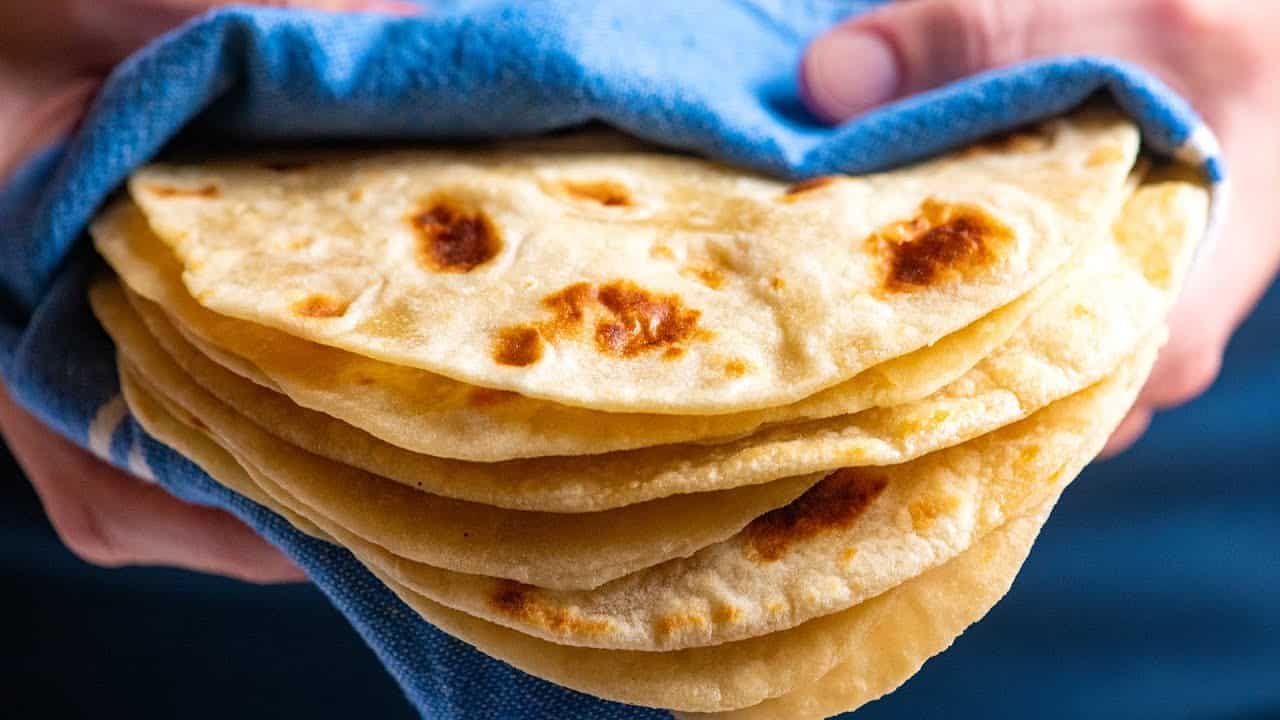
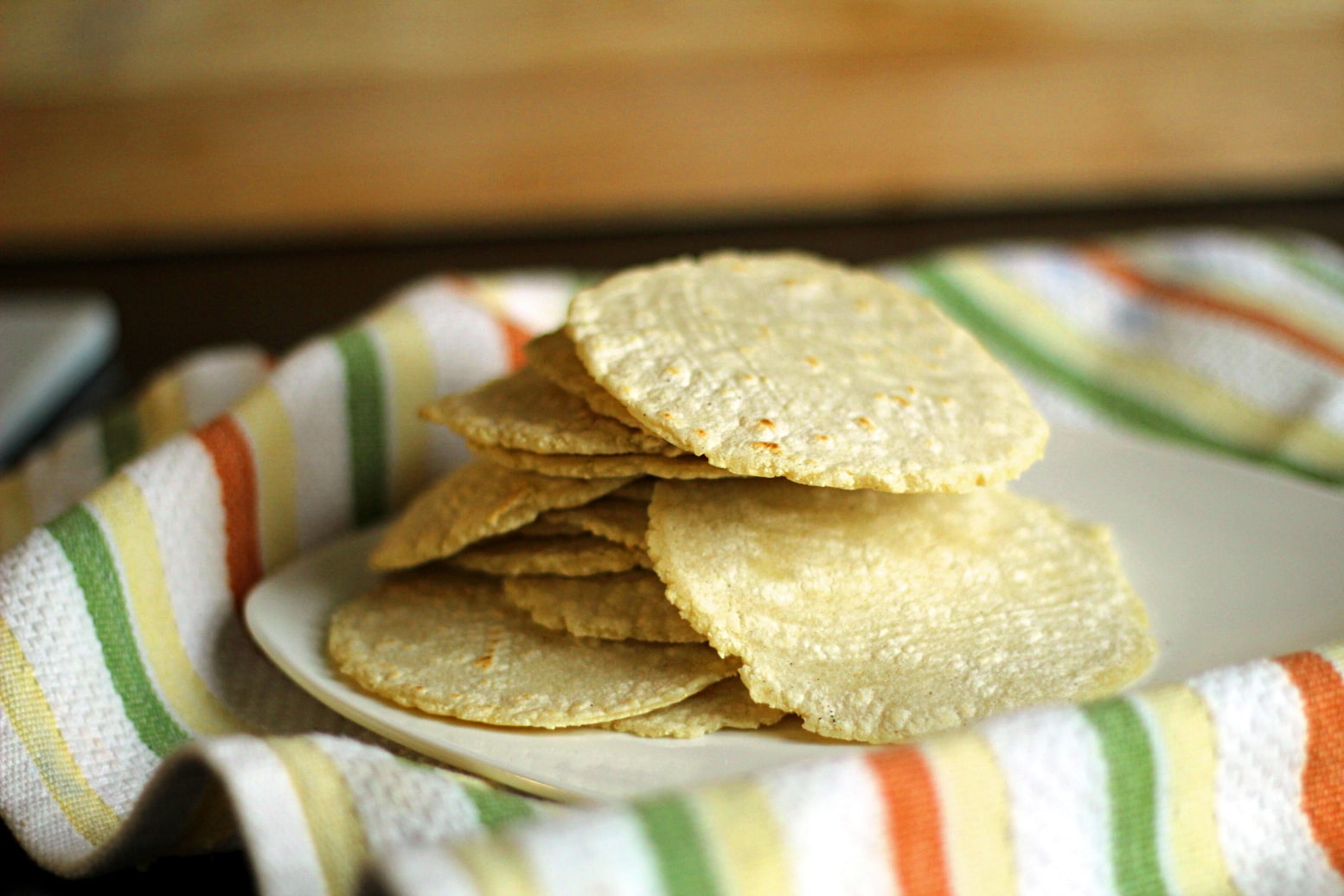
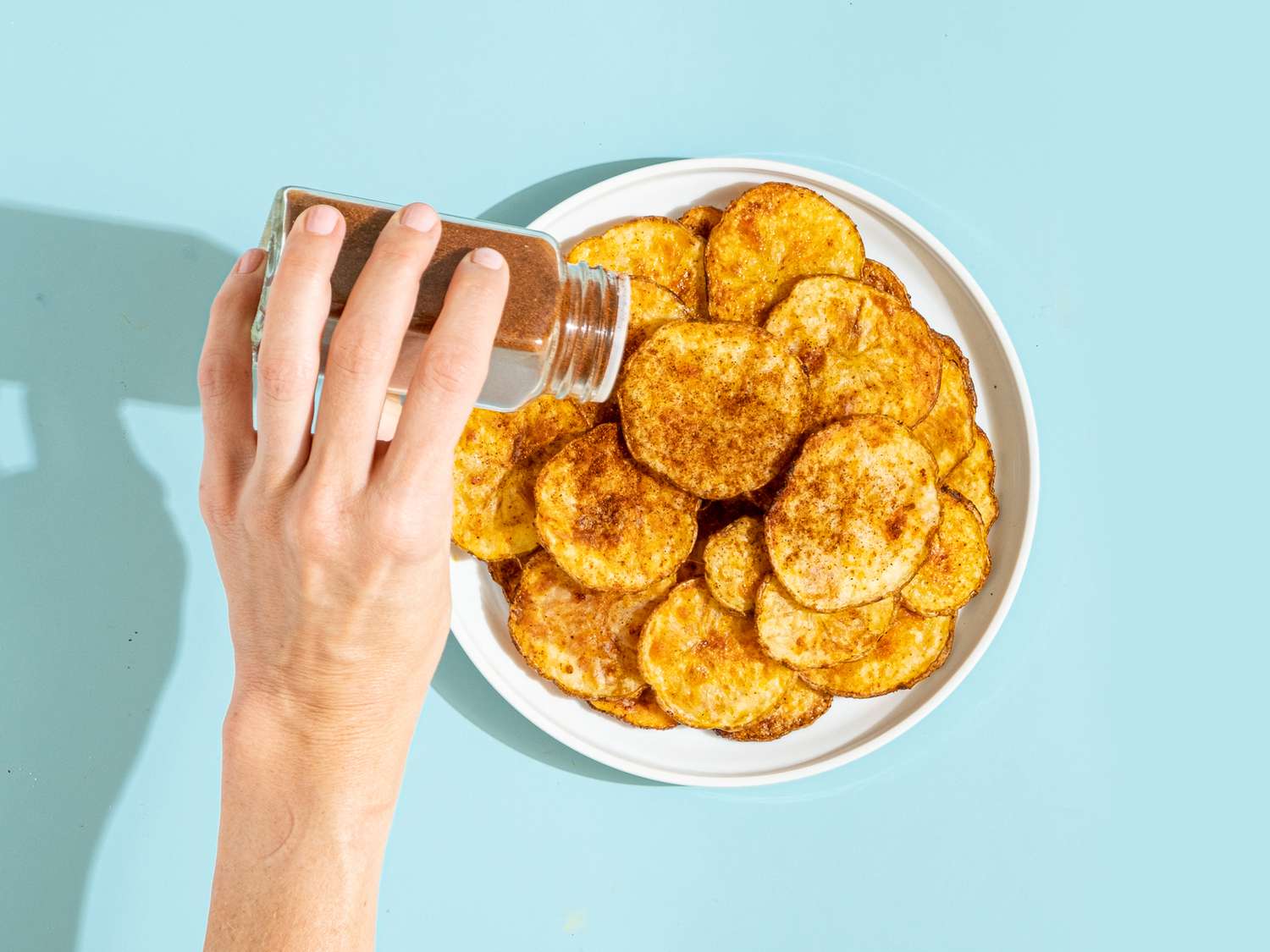
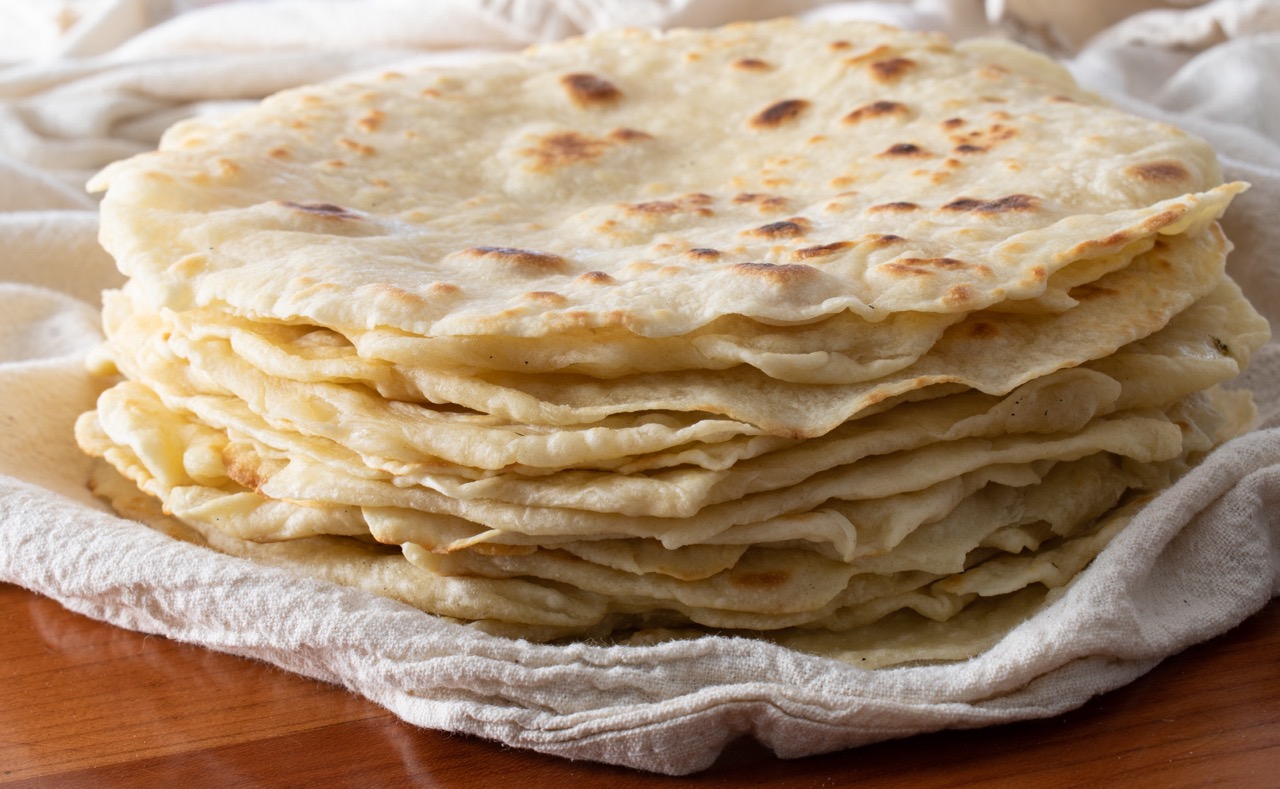

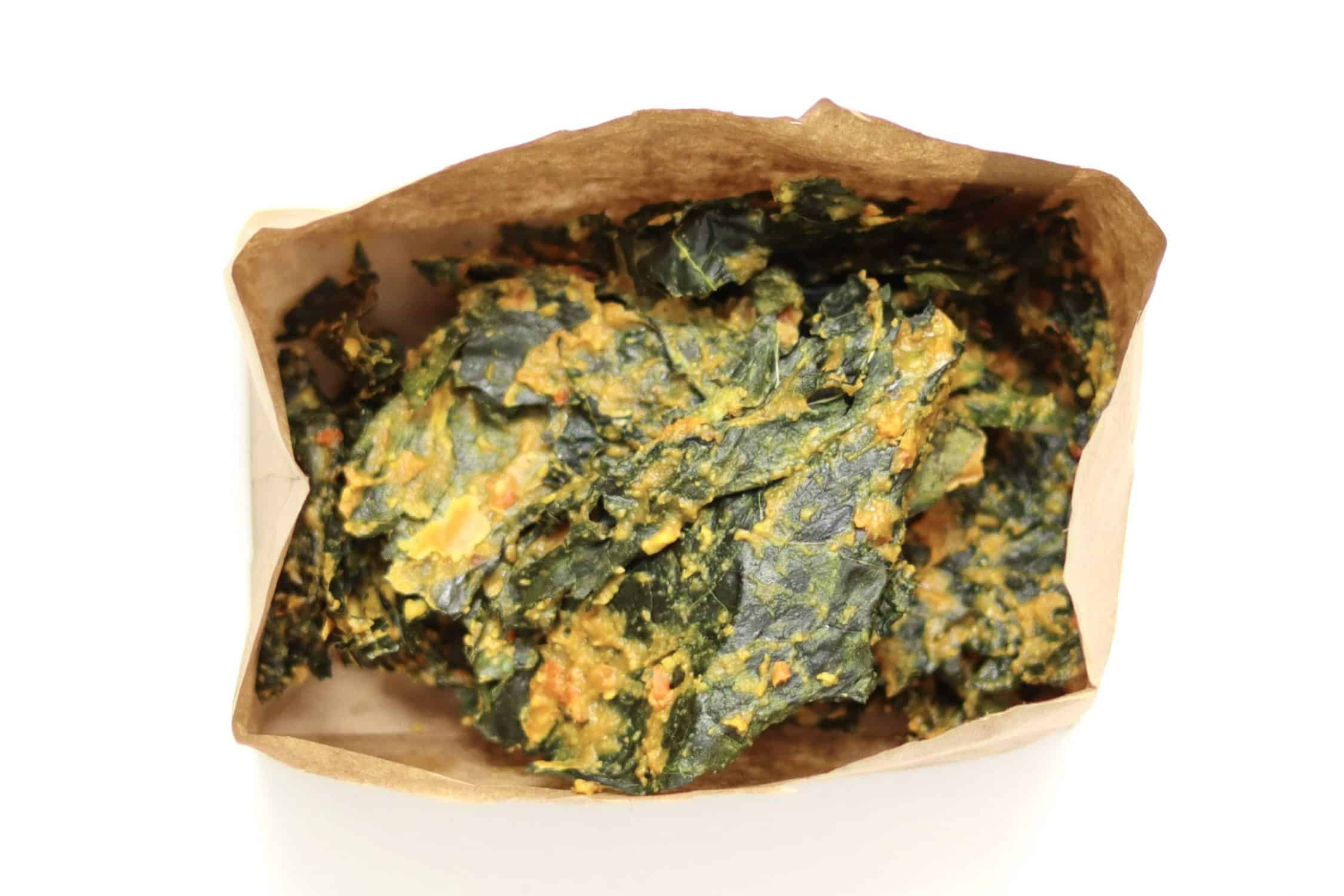

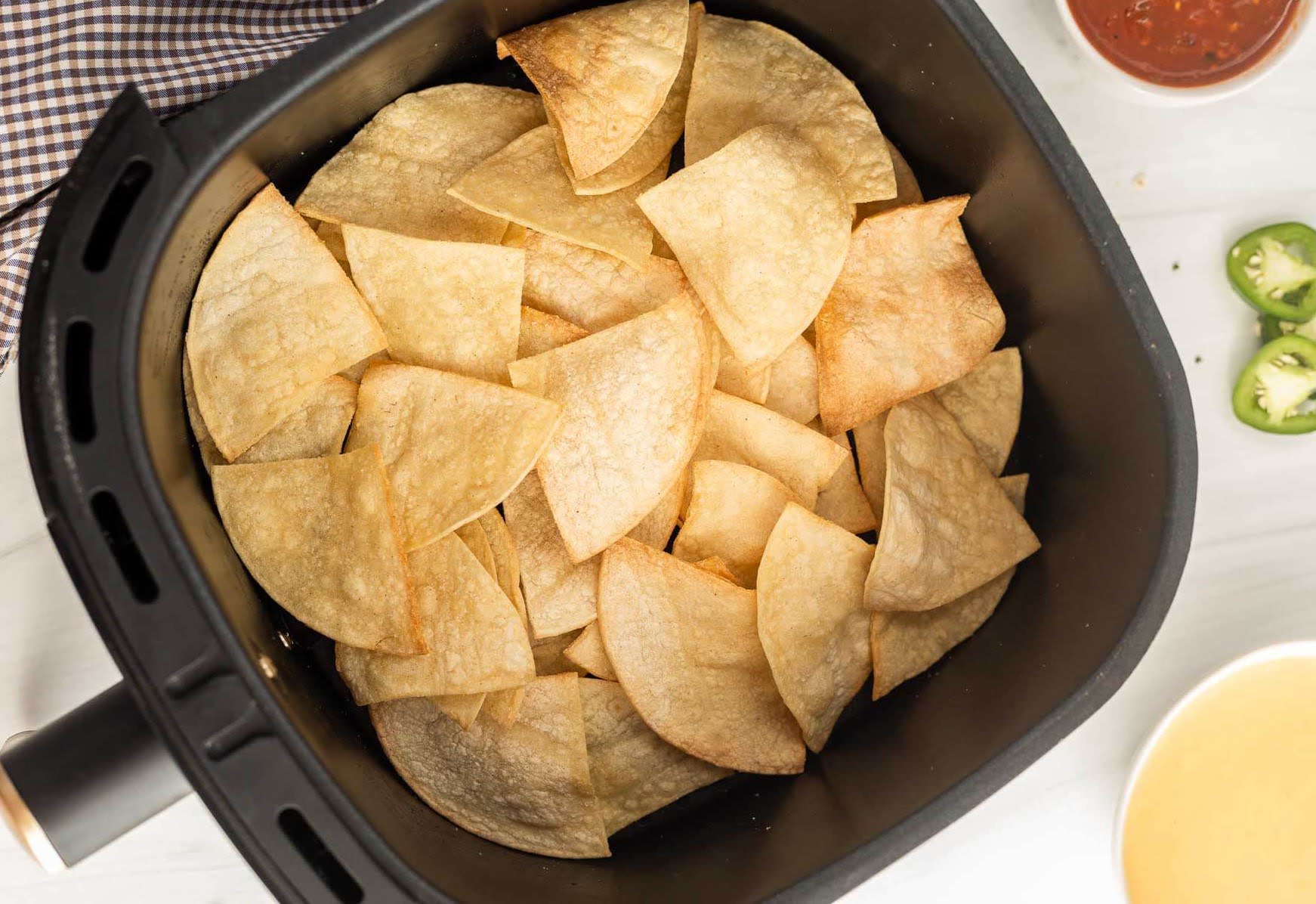
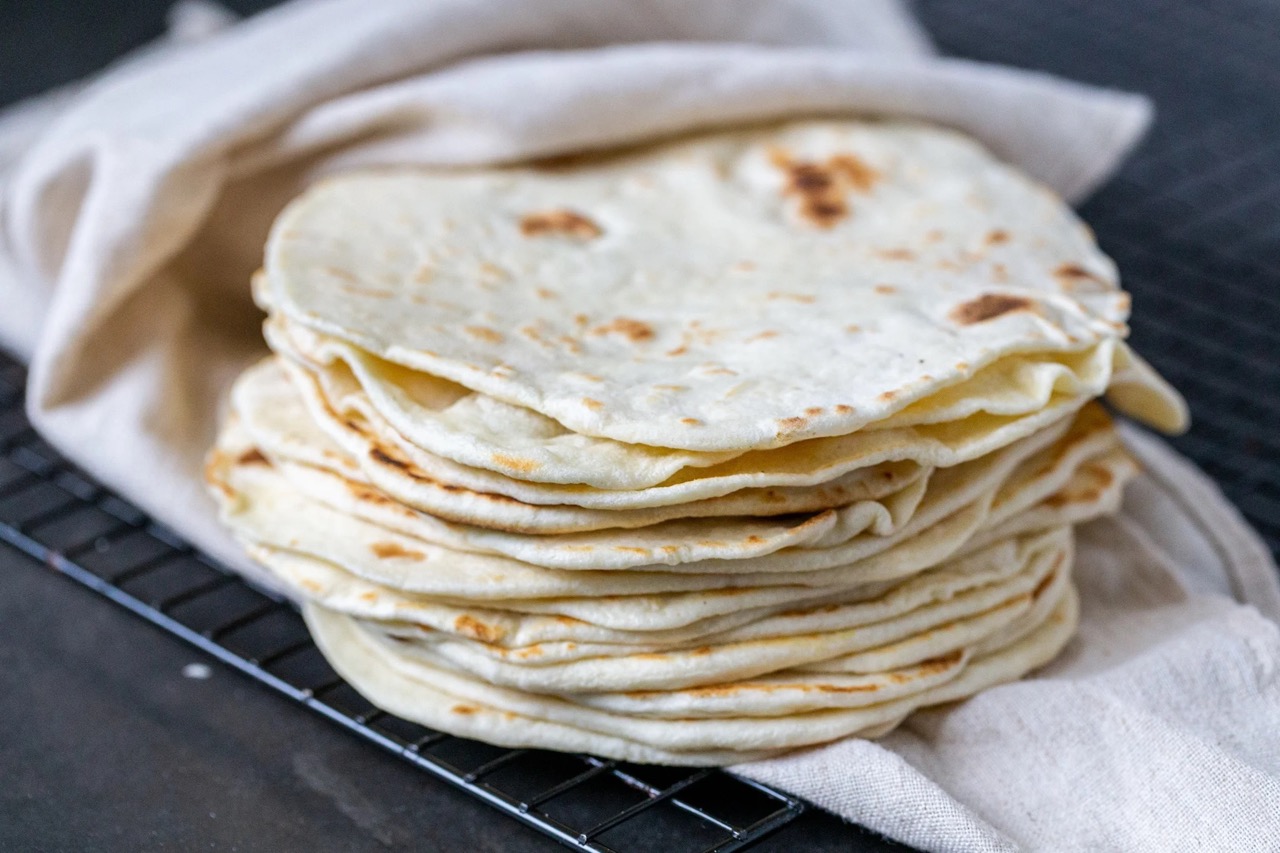
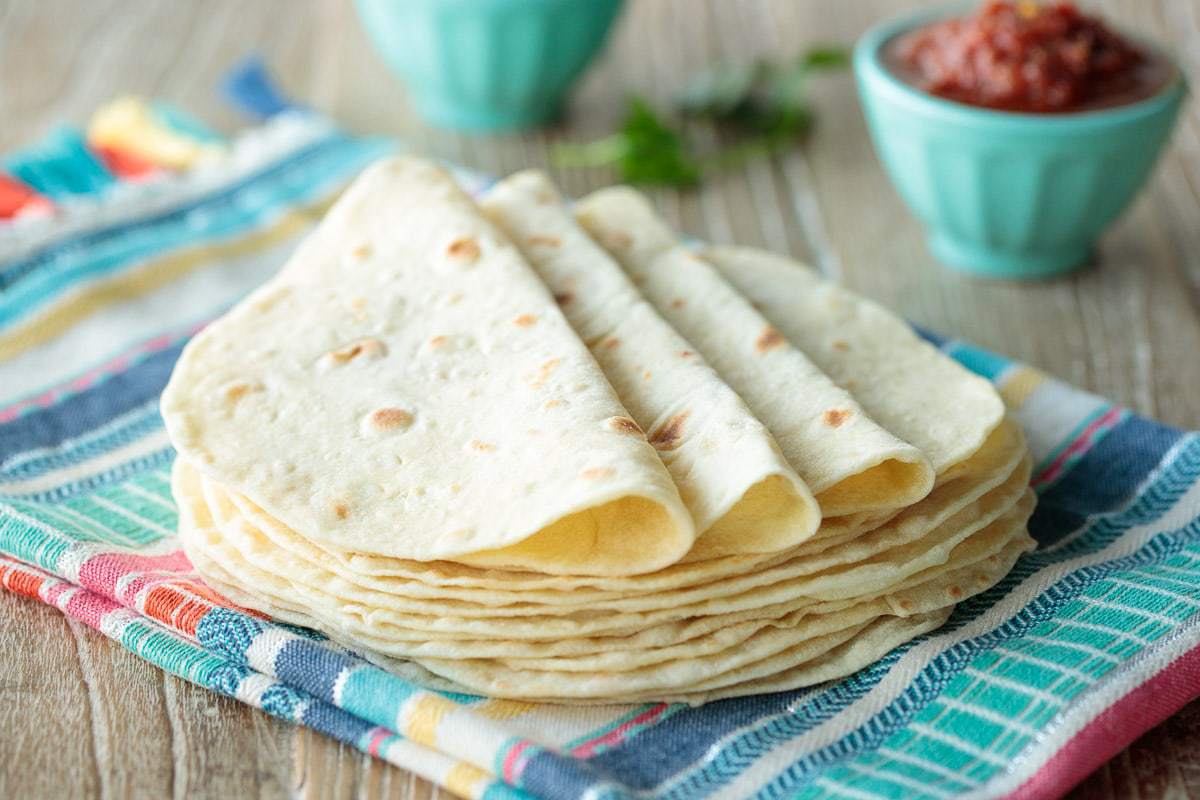
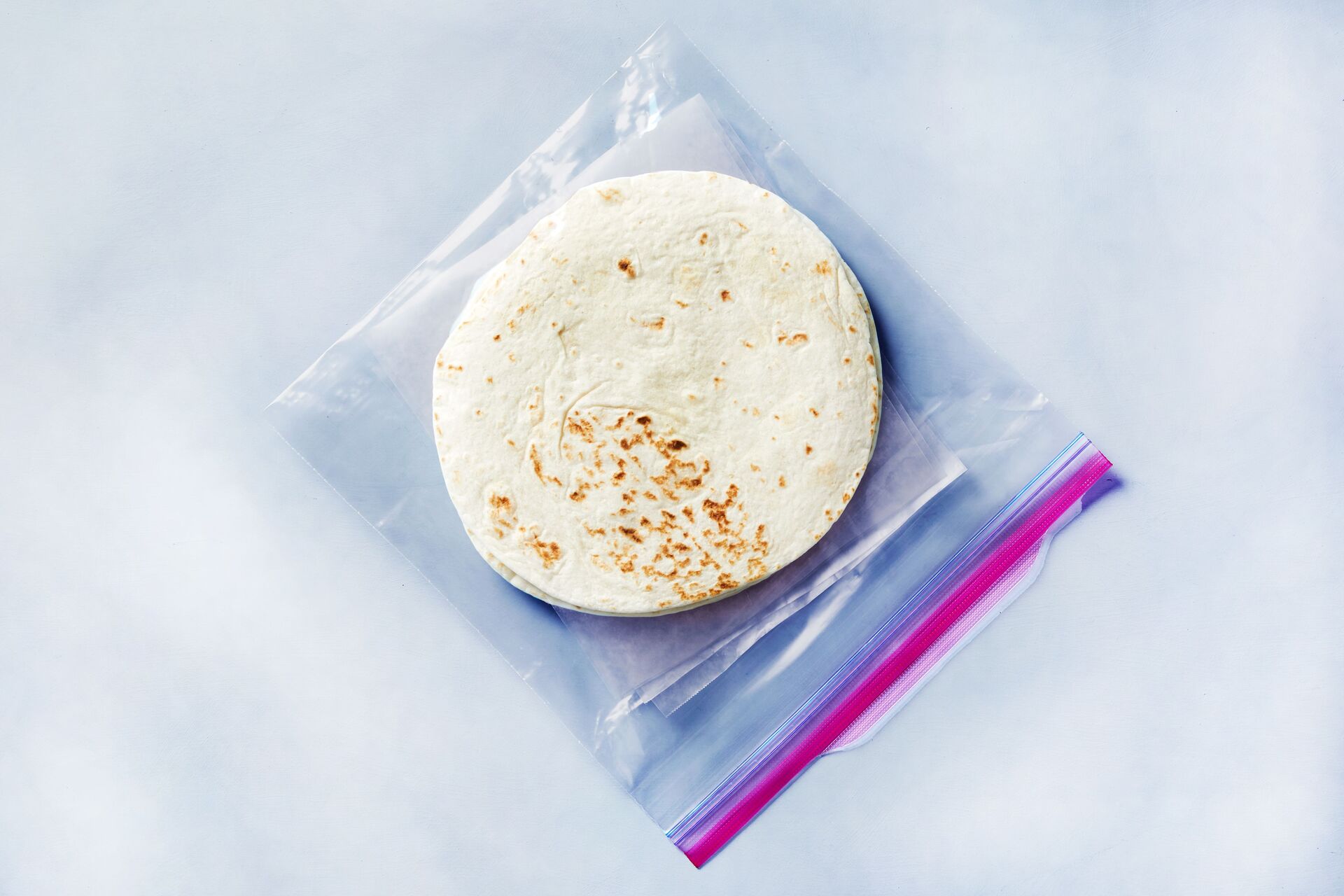
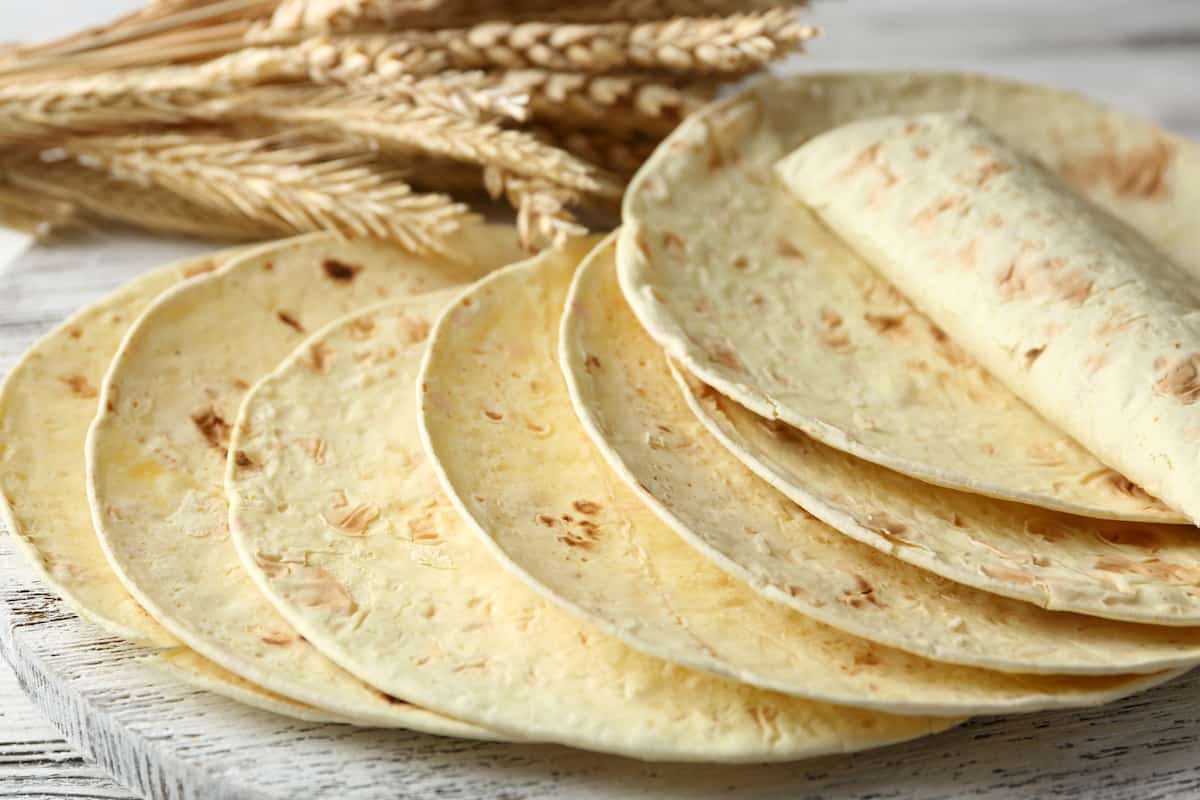
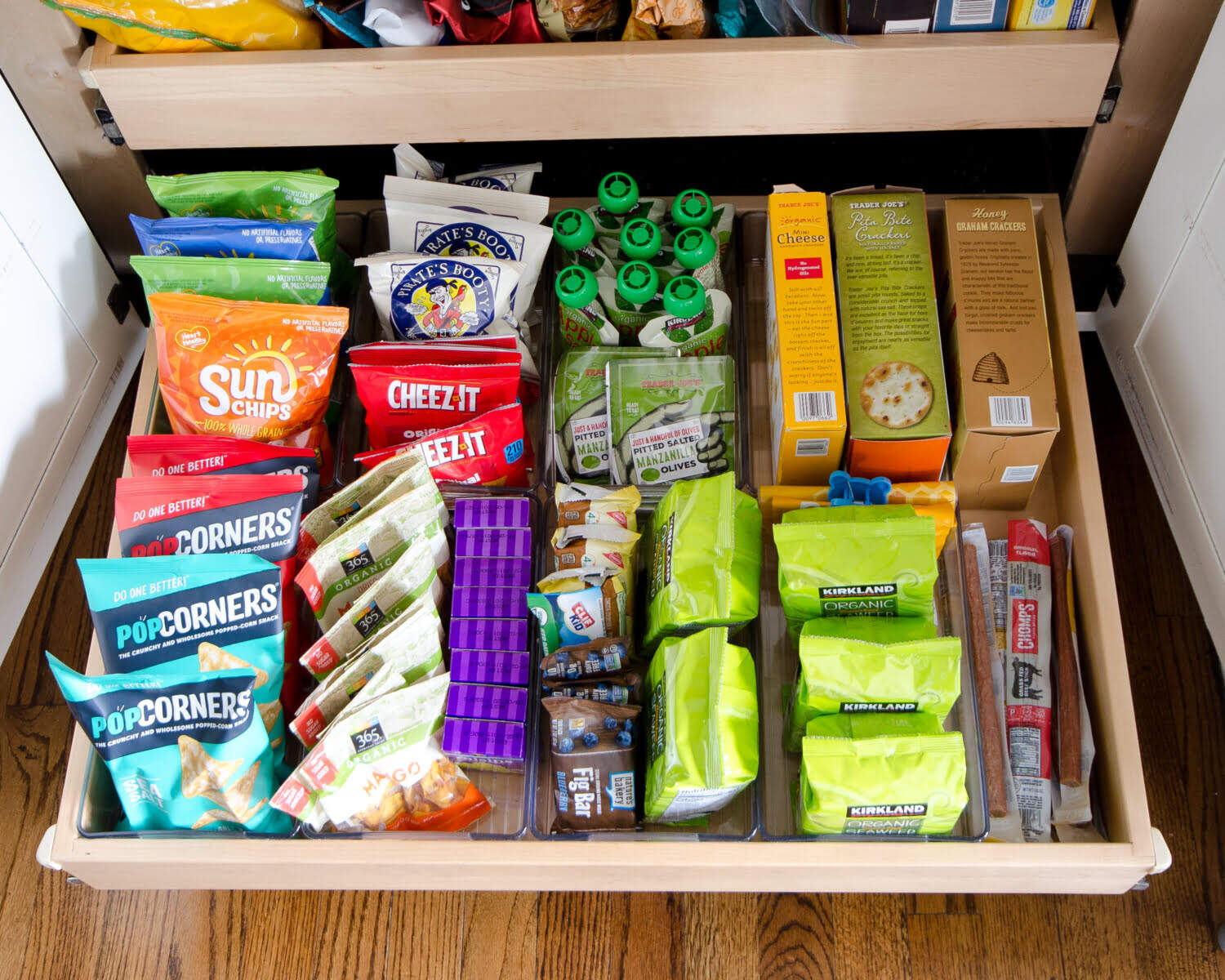
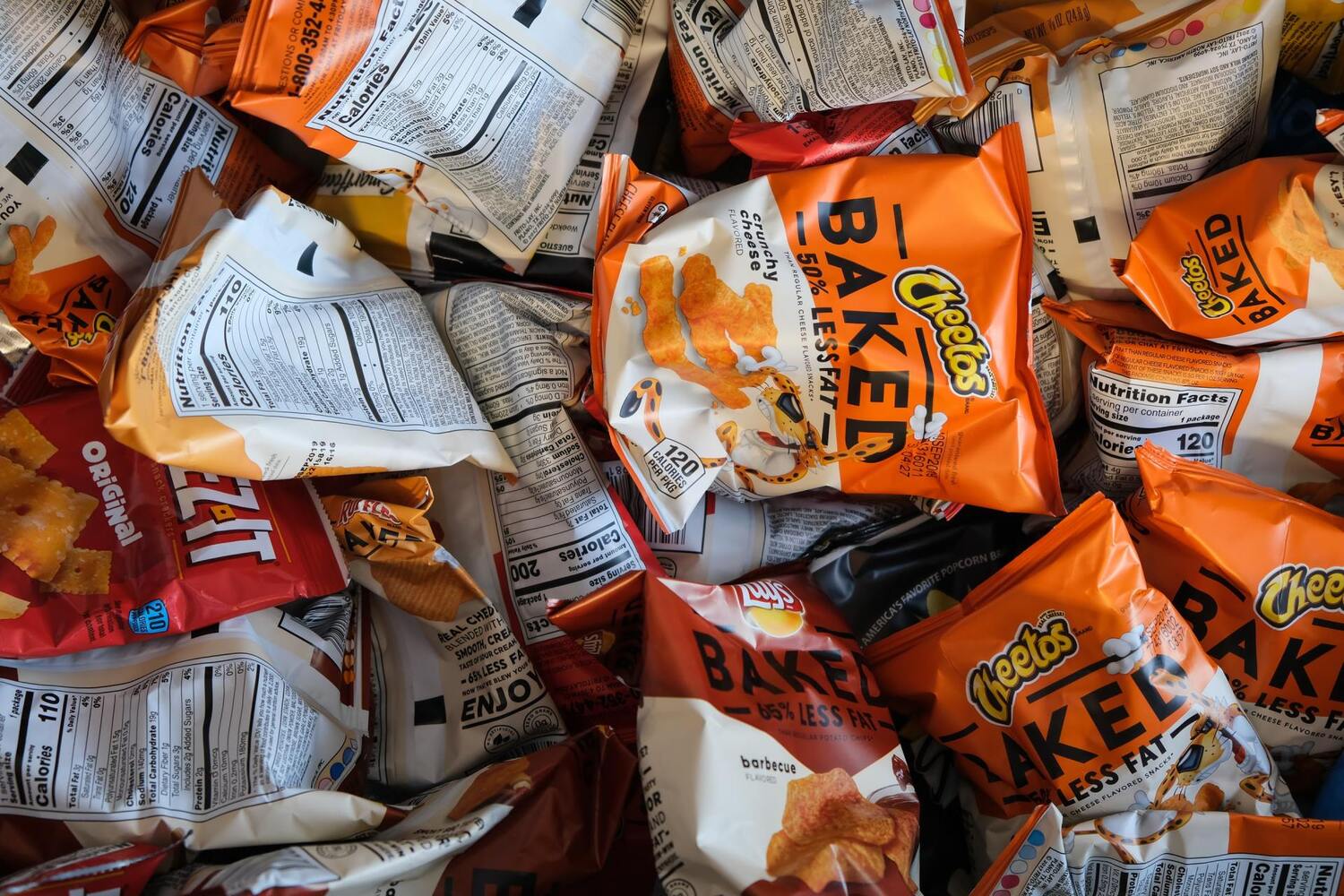

0 thoughts on “How To Store Homemade Tortilla Chips”